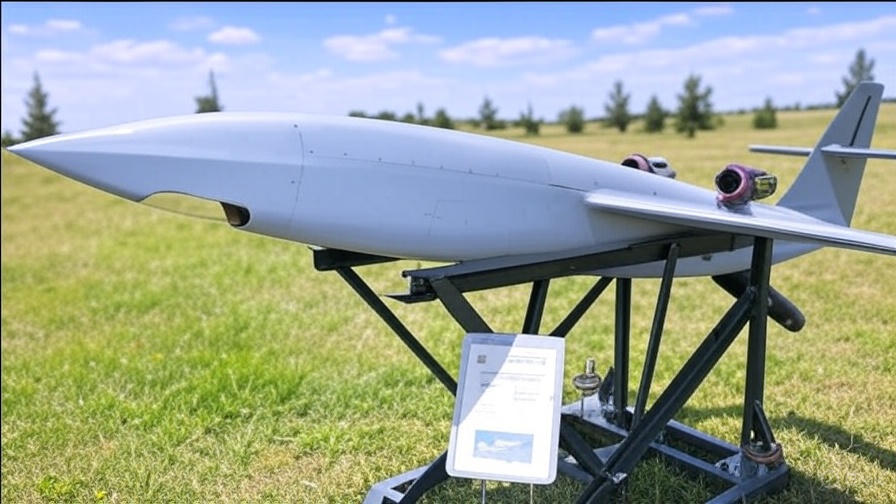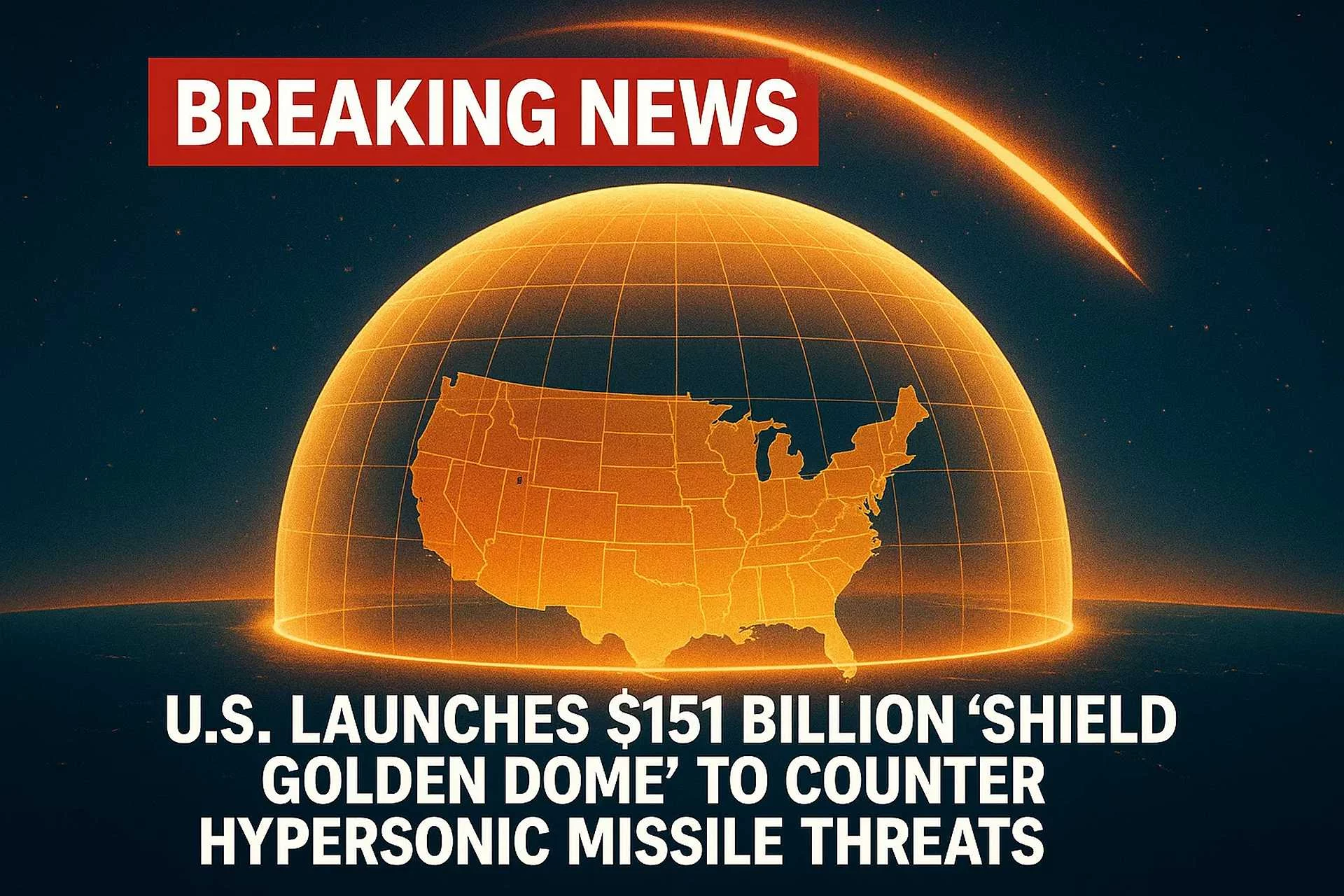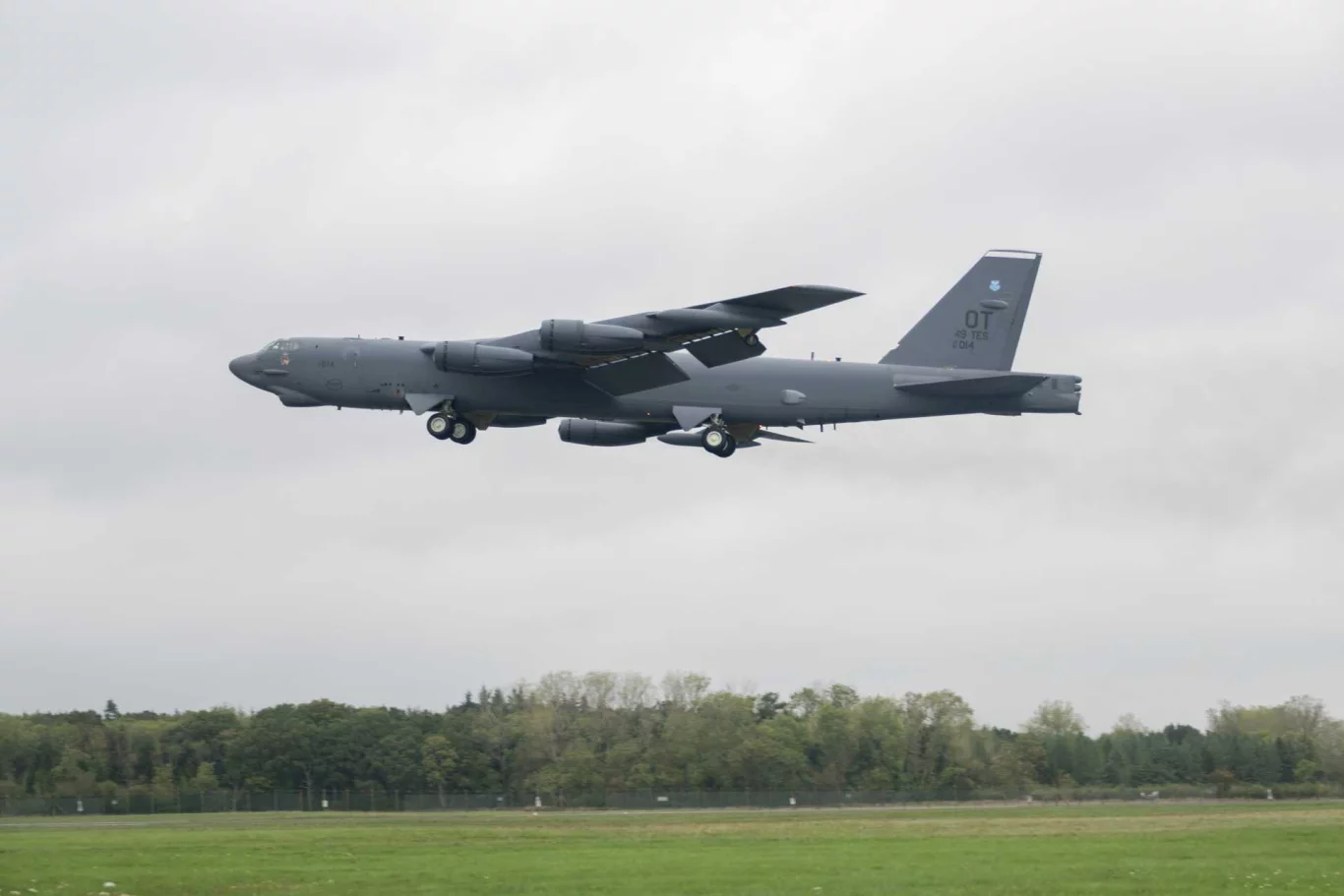In a bold stride toward dominating the skies of the 21st century, Poland has unleashed an ambitious plan to supercharge its military prowess with a staggering $55 million investment in unmanned aerial systems (UASs). Announced with great fanfare on July 22, 2025, by the Polish Ministry of National Defence (MND), this financial injection is paired with the launch of a state-of-the-art Drone Centre at the Air Force Institute of Technology (Instytut Techniczny Wojsk Lotniczych: ITWL) in Warsaw. This dual-pronged strategy signals Poland’s intent to lead Europe’s drone revolution, drawing lessons from the relentless drone warfare witnessed in Ukraine and positioning itself as a NATO powerhouse in aerial innovation.
A Financial Lifeline for Drone Dominance
The $55 million pledge is a cornerstone of Poland’s 2025 defense budget, earmarked to procure a fleet of cutting-edge UASs for the Polish Armed Forces. Deputy Minister of National Defence Cezary Tomczyk hinted at an even bolder future, suggesting that this funding could double if domestic industries rise to the challenge of meeting demand. This ambitious target reflects Poland’s determination to rapidly saturate its military with uncrewed systems, a move spurred by the transformative role drones have played in modern conflicts. To streamline this process, Tomczyk unveiled plans to simplify procurement procedures, allowing the military to fast-track purchases of tested UASs, bypassing traditional public procurement hurdles. This agility could see Poland’s drone arsenal expand at an unprecedented pace, ensuring its forces are equipped to face evolving threats head-on.
The MND has been laying the groundwork for this overhaul for months, recognizing that the future of warfare hinges on unmanned technology. The investment isn’t just about acquisition—it’s a call to action for Poland’s burgeoning defense sector to innovate and deliver. With the potential for escalated funding, local companies are poised to play a pivotal role, fostering economic growth while bolstering national security.
The Drone Centre: A Hub of Innovation
At the heart of this strategy lies the newly established Drone Centre, a beacon of technological advancement housed at the ITWL in Warsaw. This facility will serve as a dynamic hub for testing, developing, and refining a wide array of unmanned systems, including UASs, unmanned ground vehicles (UGVs), and unmanned surface vehicles (USVs). It’s a collaborative playground where military institutions, the armed forces, defense firms, and specialized MND units—like the soon-to-be-fully-operational Cyberspace Defense Forces (Wojska Obrony Cyberprzestrzeni: WOC) by 2026—will converge to push the boundaries of drone technology.
The centre’s mission is clear: to create a robust ecosystem for unmanned systems development, ensuring Poland stays ahead in the global arms race. By fostering synergy between military expertise and industrial innovation, the Drone Centre aims to accelerate the deployment of drones across all branches of the armed forces. This holistic approach could see Poland emerge as a leader in integrated unmanned operations, blending aerial, terrestrial, and maritime capabilities into a seamless defense network.
Lessons from the Battlefield
Poland’s drone push is heavily influenced by the ongoing war in Ukraine, where drones have redefined combat dynamics. From precision strikes to real-time reconnaissance, unmanned systems have proven their worth, prompting Poland to adapt swiftly. The MND’s focus on saturating the military with UASs is a direct response to these lessons, aiming to mirror Ukraine’s success in leveraging drones for tactical advantage. The Drone Centre’s role in training and development will ensure that Polish soldiers are not only equipped but also proficient in deploying these systems effectively.
This strategic pivot also aligns with NATO’s broader emphasis on modernizing air defenses. As Russia’s aggression continues to shape regional security, Poland’s investment underscores its commitment to collective defense, enhancing the alliance’s eastern flank. The potential doubling of funds could further amplify this impact, making Poland a key player in NATO’s unmanned warfare capabilities.
Economic and Strategic Implications
The economic ripple effects of this initiative are significant. By prioritizing domestic industry, Poland is nurturing a self-reliant defense ecosystem. Tomczyk’s call for local firms to step up could lead to a boom in jobs and technological expertise, positioning Poland as a competitive exporter of drone technology. The simplified procurement process will also expedite contracts, injecting vitality into the economy while meeting military needs.
Strategically, this move strengthens Poland’s deterrence posture against potential aggressors. With a growing drone fleet and a dedicated research centre, the country is building a multi-domain defense framework that could deter threats across land, sea, and air. The involvement of the Cyberspace Defense Forces hints at an integrated approach, combining drone operations with cyber warfare—a trend that could set a new standard in military strategy.
Challenges on the Horizon
Despite the optimism, challenges loom. The success of this plan hinges on the ability of Polish industries to deliver on time and meet rigorous military standards. Scaling production to meet a potentially doubled budget will require significant investment in infrastructure and talent. Additionally, the Drone Centre’s effectiveness will depend on securing cutting-edge technology and fostering international collaborations, which could face political or logistical hurdles.
The rapid integration of UASs into the armed forces also demands a robust training cycle. Without well-prepared operators, the full potential of these systems could remain untapped. The MND will need to prioritize education and simulation programs to ensure seamless adoption, a task the Drone Centre is well-positioned to lead.
A Vision for the Future
Looking ahead, Poland’s drone revolution could reshape its military identity. The Drone Centre’s role in developing UGVs and USVs alongside UASs suggests a vision of a fully unmanned battlefield, where autonomous systems operate in unison. By 2026, with the Cyberspace Defense Forces online, Poland could boast a triadic defense network—drones, cyber, and traditional forces—capable of addressing any threat.
This $55 million investment is more than a financial commitment; it’s a declaration of intent. As negotiations progress and the Drone Centre takes shape, Poland is poised to soar into a new era of aerial supremacy. Stay tuned as this Eastern European powerhouse redefines the art of war with its unmanned ambitions!




